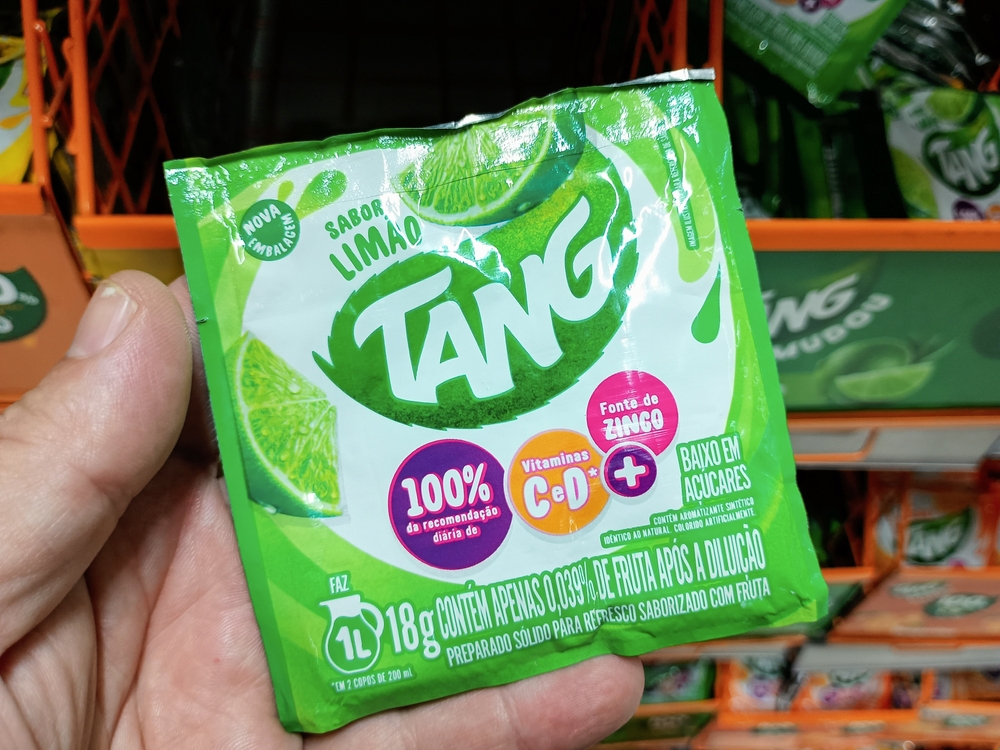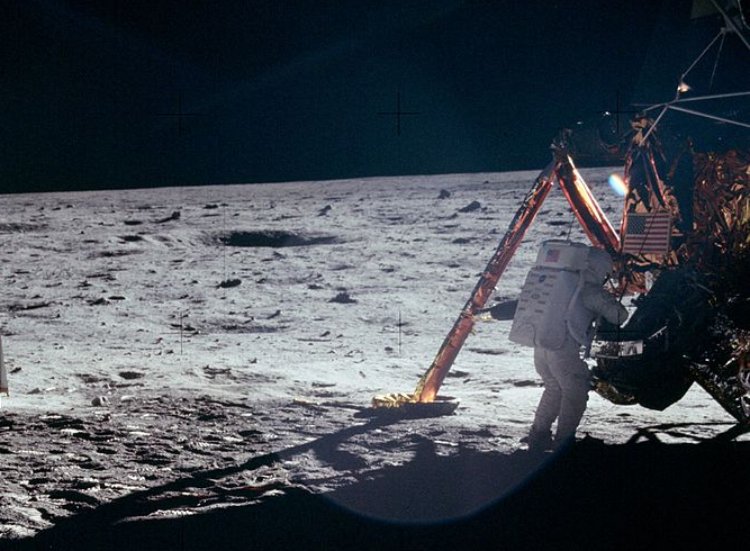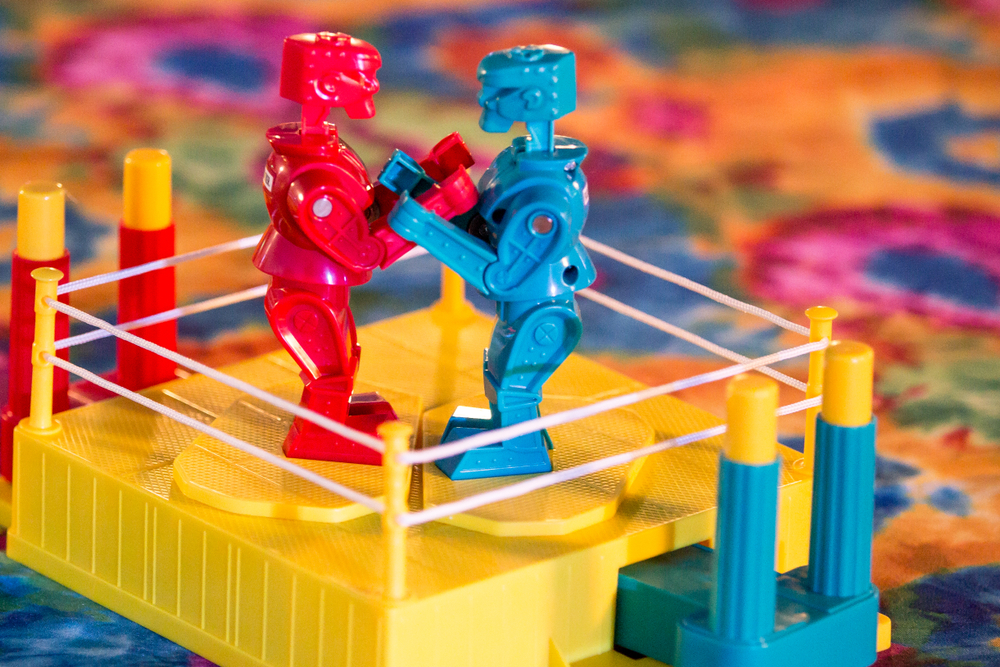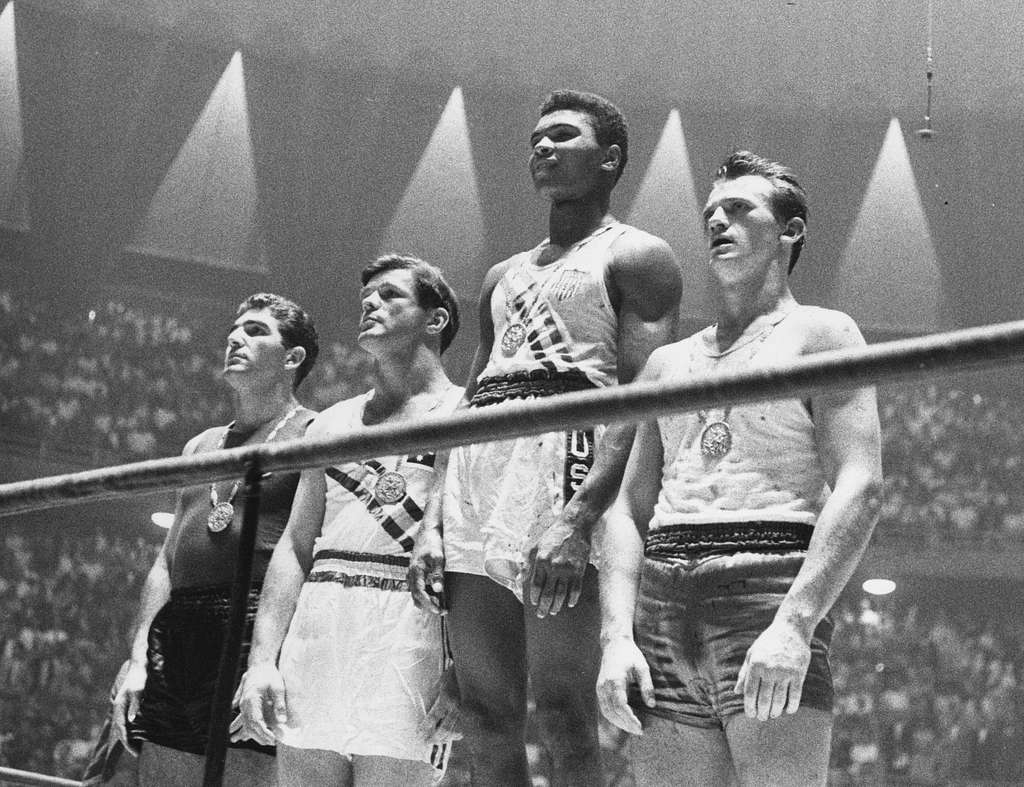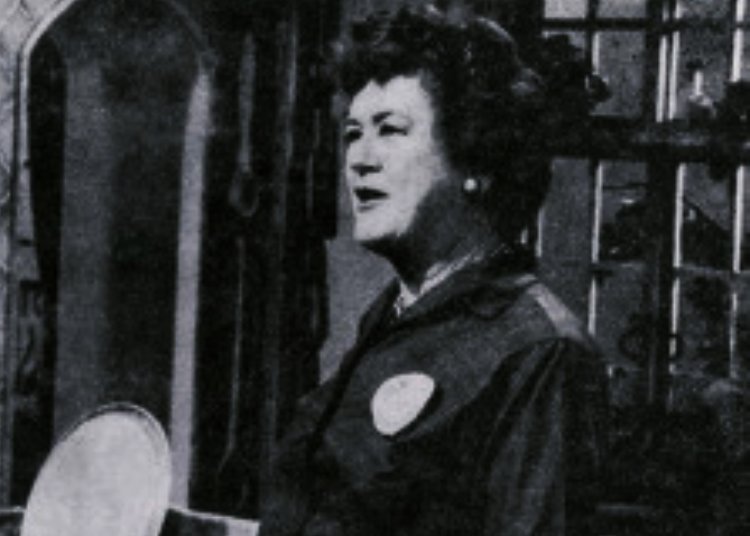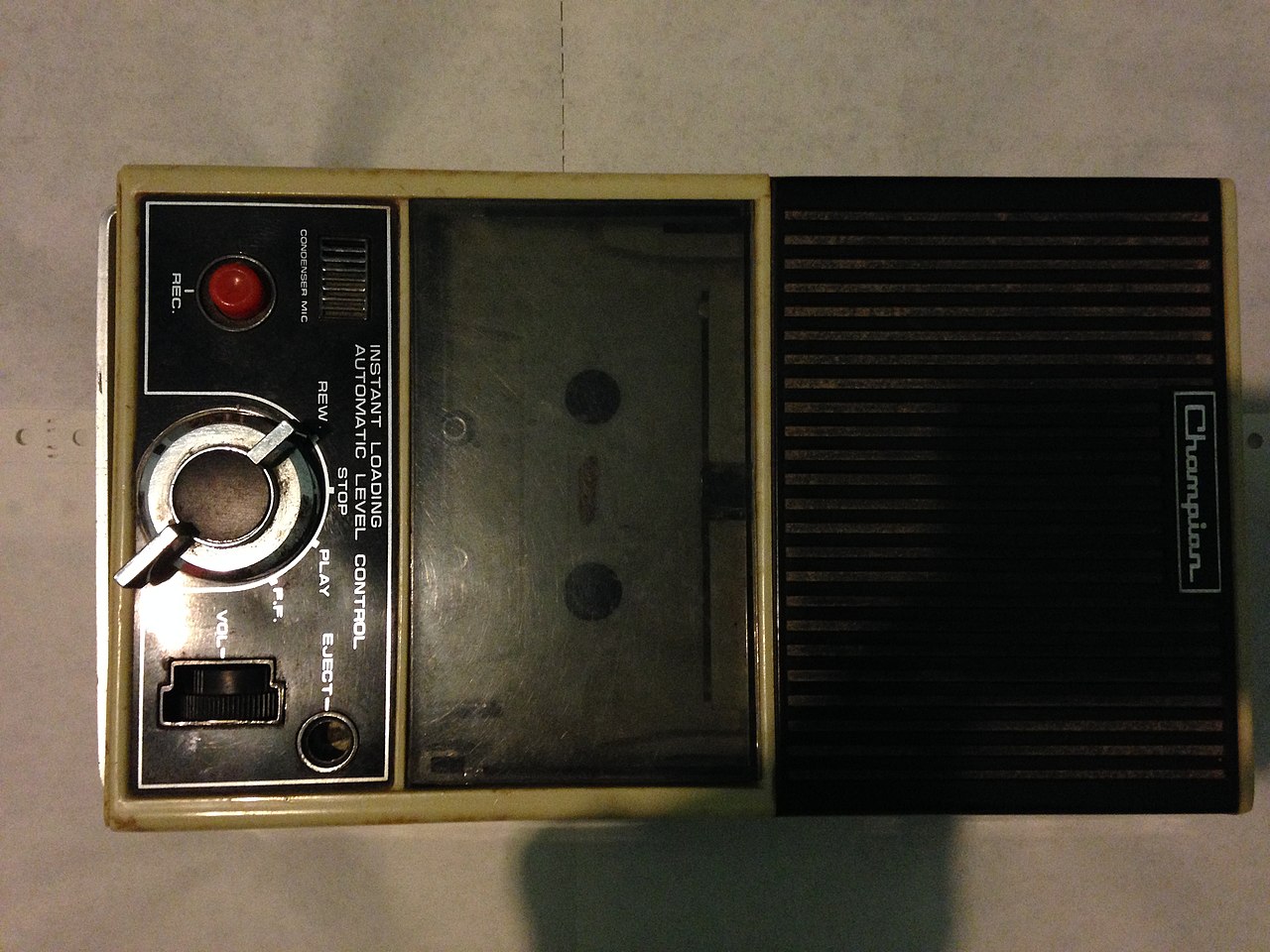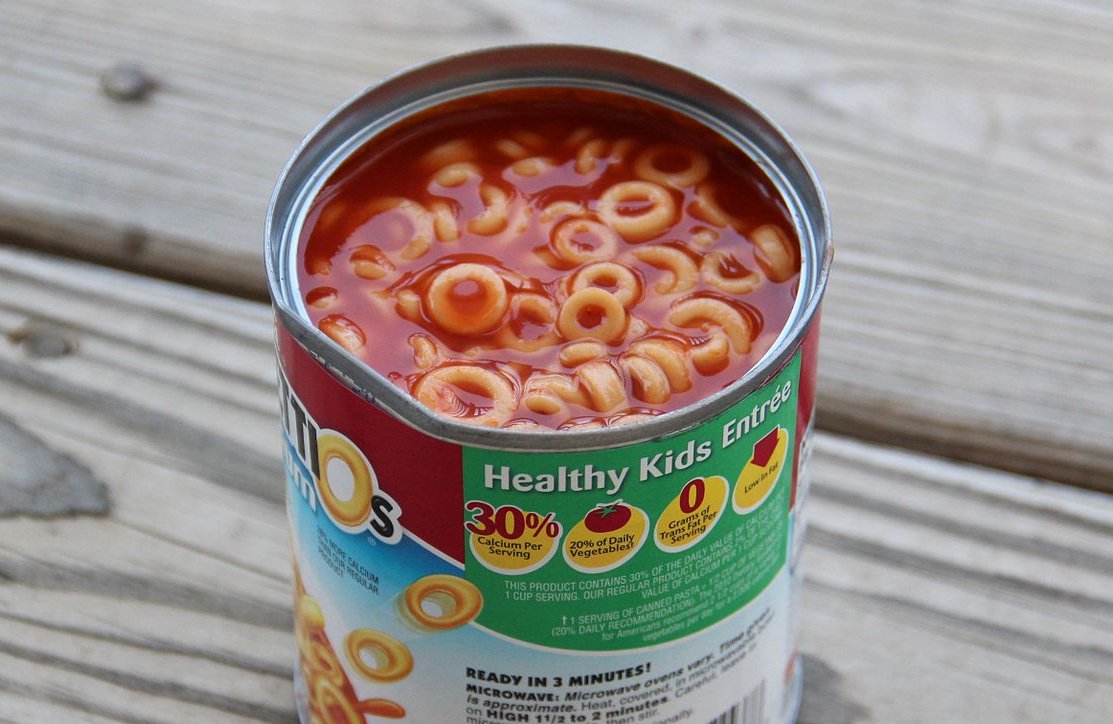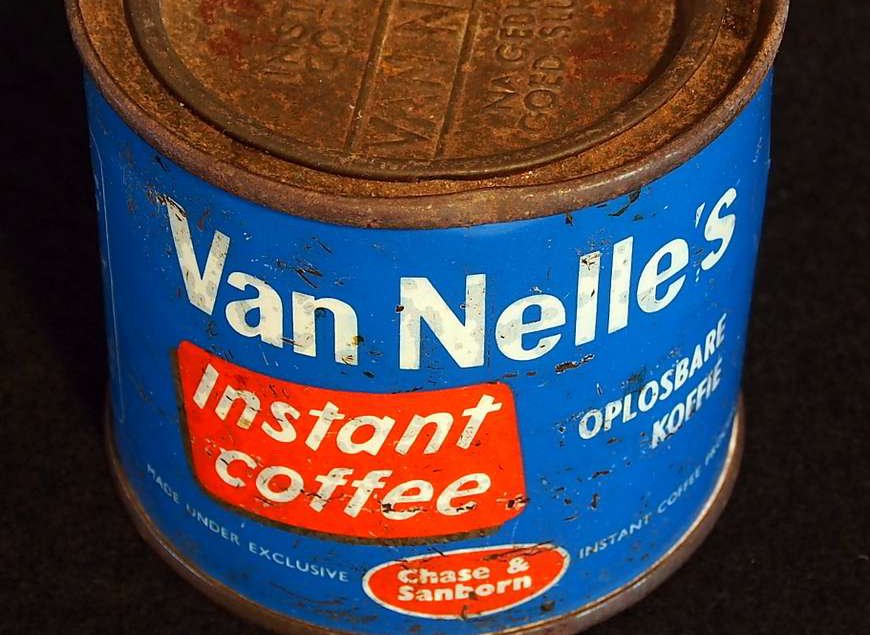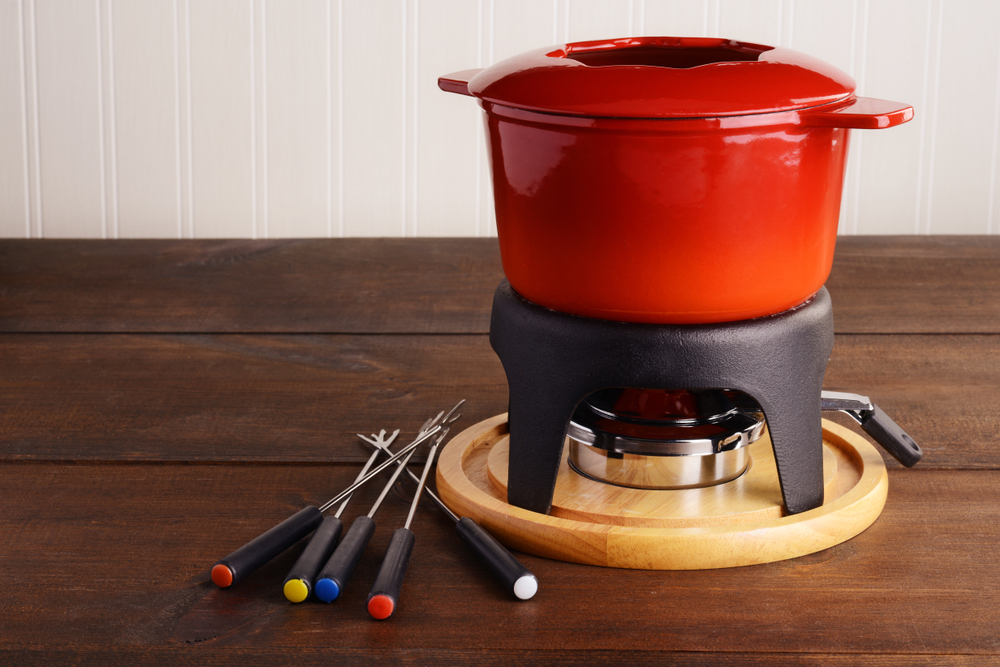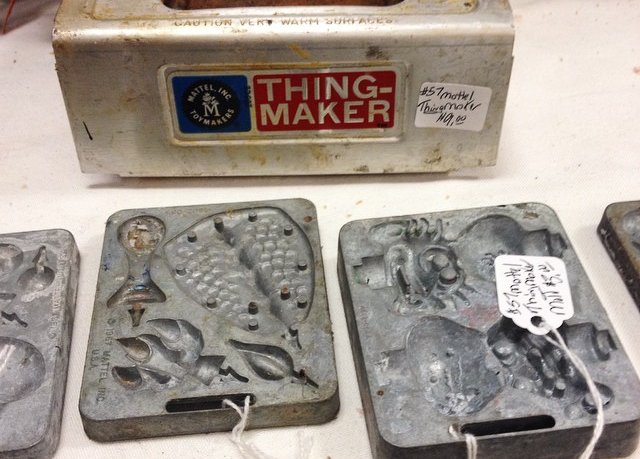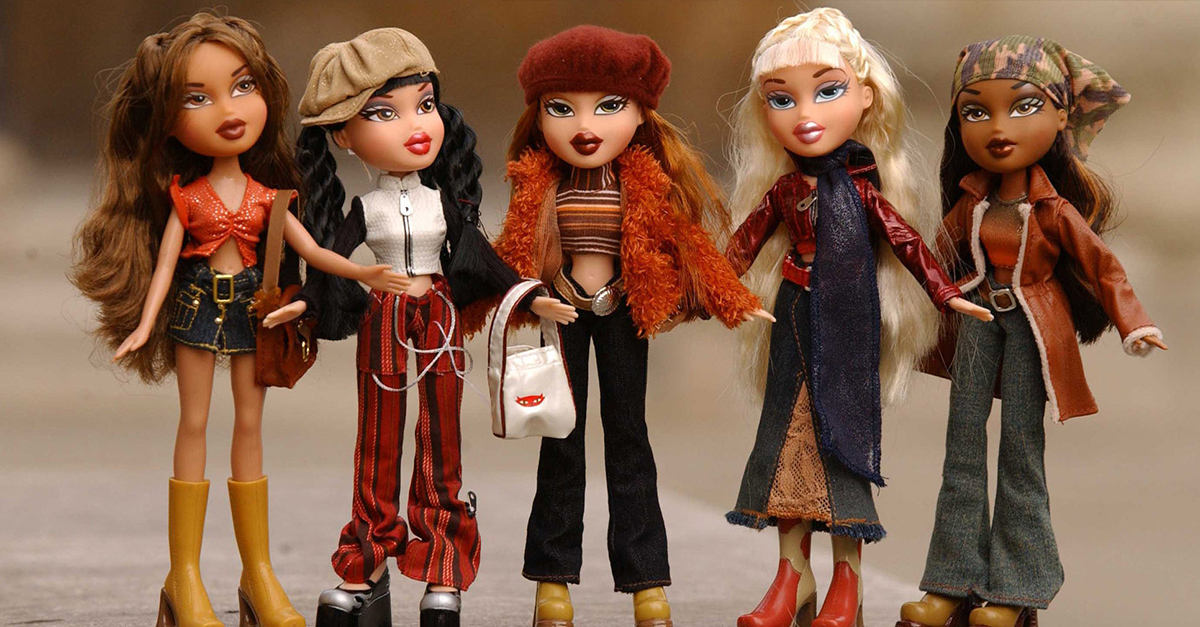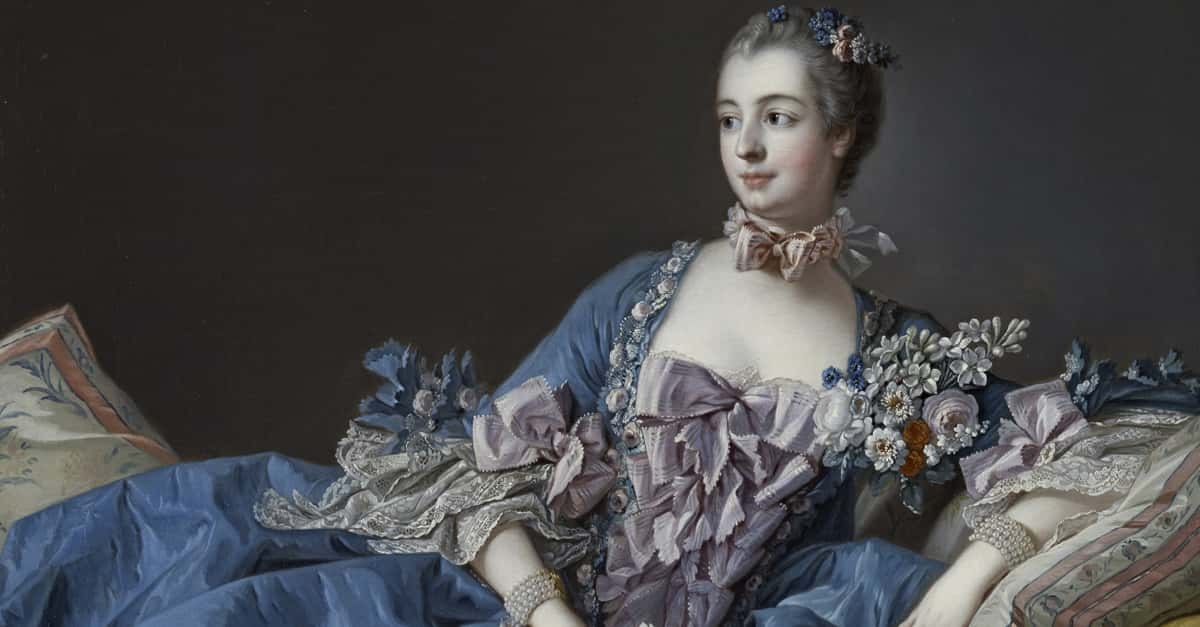Things That Were Big In The 1960s
The 1960s were known for lots of things—The Beatles, Vietnam, the Civil Rights Movement, Woodstock. And there are lots of things we still use today that were introduced during that revolutionary decade. Here are some of the biggest things that came out of the 60s.

Factinate Video of the Day
Tang
When Tang was first introduced in 1962, it conveyed a sense of progress, space-age travel and the future. Famous for its use by NASA astronauts, Tang has managed to stick around but aside from maybe a bit of kitsch retrofuturism, it mainly survives as a cheap, quick, and mostly unhealthy but shelf-stable drink.
Barbie
Barbie first appeared in 1959, but the queen of fashion dolls hit her stride in the 1960s. Eschewing the curvy 1950s woman ideal, as the decade rolled on, Barbie was tall, leggy, and thin—perfect for the mod 60s. A huge part of pop culture, even for those who never played with one, the recent hit Barbie movie proves that 65 years later, Barbie has staying power.
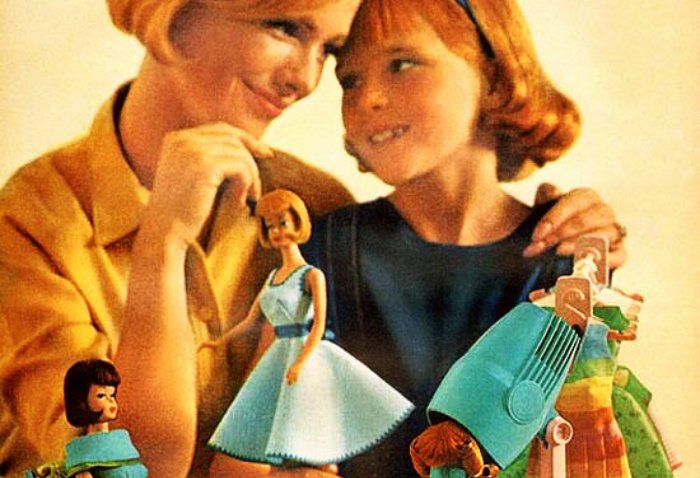 1950sUnlimited, CC BY 2.0, Wikimedia Commons
1950sUnlimited, CC BY 2.0, Wikimedia Commons
Barbie’s Boyfriend, Ken
She may have been fashion-forward and an impossible ideal for young girls, but Barbie’s corporate bosses still wanted to maintain a chaste visage for Barbie—and in 1961, Ken was introduced. Yes, Ken is her boyfriend, despite all jokes and appearances, and Ken’s plastic helmet of hair has endured changes in fashion. He even had to suffer the indignity of ‘70s hair, trading plastic molded hair for “combable” fibers that gave him permanent poofy bedhead. With all the changes, Ken remains true to Barbie.
Go-Go Boots
One thing Barbie was definitely wearing in the 1960s was one of the most iconic fashion items of the decade: go-go boots. Even Mad Men’s Sally Draper was wearing them by 1967 and Nancy Sinatra’s 1966 hit song “These Boots Are Made for Walkin’”, and the now-iconic Scopitone promotional film, cemented go-go boots as something for young women everywhere. Knee-high white vinyl and square-healed, go-go boots and a miniskirt were the height of fashion.
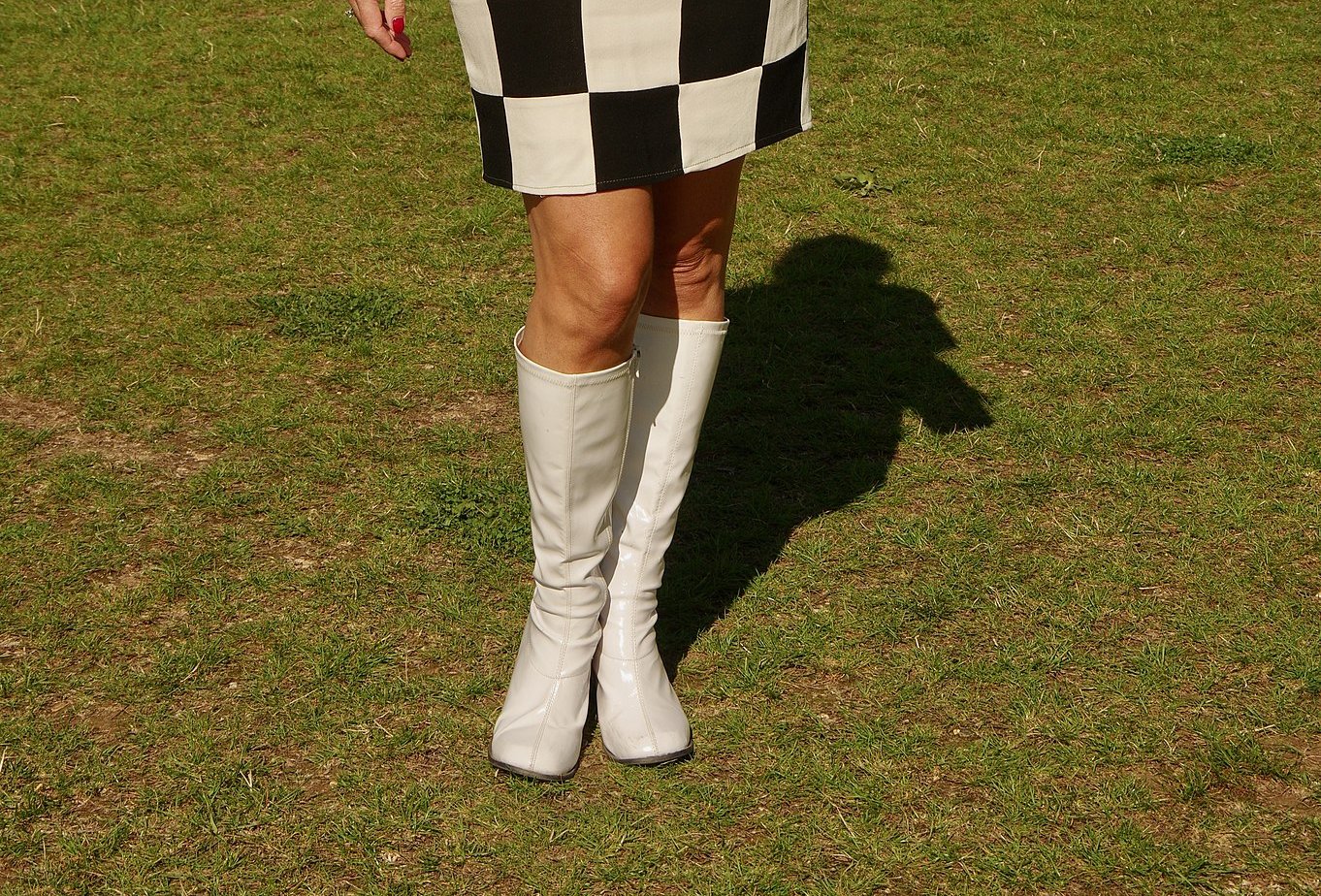 David Merrett, CC BY 2.0, Wikimedia Commons
David Merrett, CC BY 2.0, Wikimedia Commons
Miniskirts
Although no one can definitively be credited with inventing the miniskirt, British designer Mary Quant was responsible for introducing short hemlines in the 1960s, matching them with bright graphic floral fabric, and unleashing perhaps the most important fashion item of the 1960s. Meant to convey freedom and sexual liberty, the miniskirt was a statement about leaving behind the restrictive 1950s.
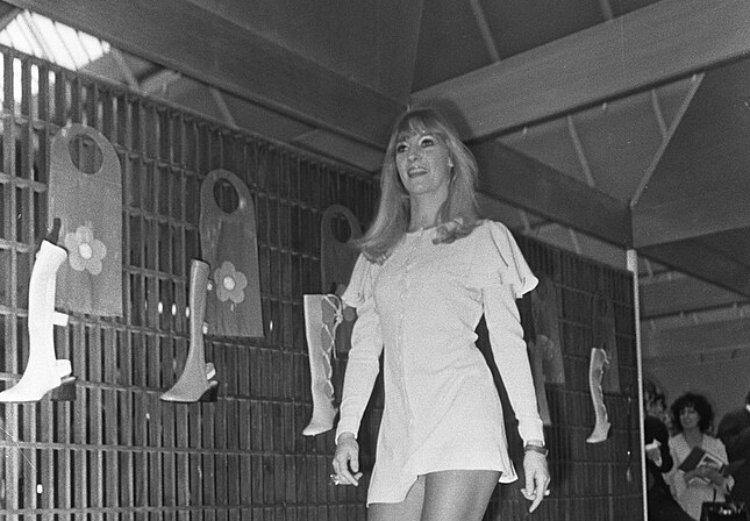 Jack de Nijs for Anefo, Wikimedia Commons
Jack de Nijs for Anefo, Wikimedia Commons
Scopitone Video Jukeboxes
Before music videos, musical acts would often shoot promotional films and in the 1960s, acts like The Beatles would make a film for their songs in place of live appearances on TV shows. Introduced in 1960, the French Scopitone offered coin-operated jukeboxes that would play 16 mm films of popular songs, sometimes featuring the original artists lip-synching, such as Nancy Sinatra’s “These Boots Were Made for Walkin’” in 1966. Although the fad died out by the late 1960s, these Scopitone films remain a fascinating archive of popular music.
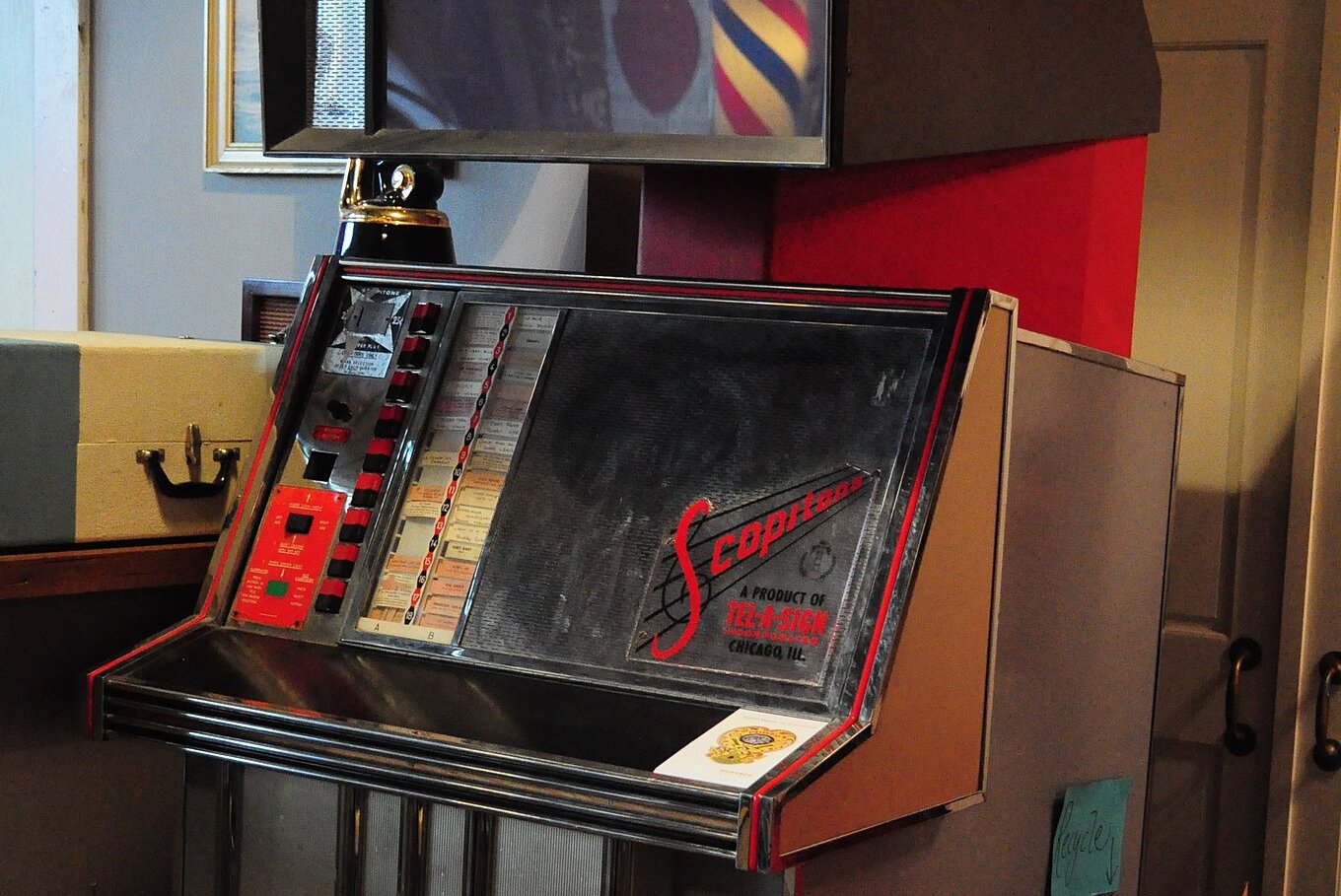 Joe Mabel, CC BY-SA 3.0, Wikimedia Commons
Joe Mabel, CC BY-SA 3.0, Wikimedia Commons
Easy-Bake Ovens
Toy kitchen sets were common throughout the 1960s, geared toward girls just as the Women’s Liberation Movement was getting underway. One variation was the Easy-Bake Oven, a way for kids to actually cook something. Using powdered cake mixes, you would insert tiny cake molds into the oven to be heated with a lightbulb—no one ever claimed they were particularly good, but blurring the line between play and reality was irresistible.
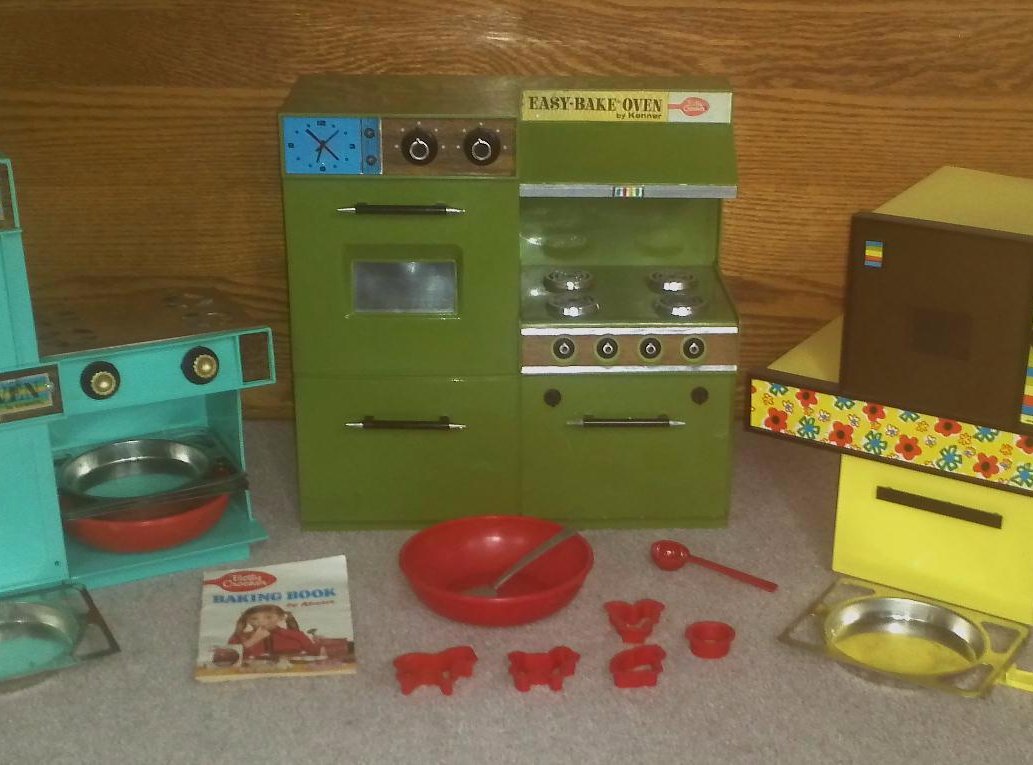 Bradross63, CC BY-SA 4.0, Wikimedia Commons
Bradross63, CC BY-SA 4.0, Wikimedia Commons
The Moon Landing
US President John F Kennedy set the goal in the early 1960s for a moon landing by the end of the decade. Kennedy didn’t live to see his prediction come true but throughout the 1960s, the US pushed the boundaries of space travel until July 1969 when Neil Armstrong and Buzz Aldrin became the first and second human beings to walk on the surface of the moon.

History's most fascinating stories and darkest secrets, delivered to your inbox daily.
Tie-Dying
One ubiquitous fashion item of sorts was the tie-dyed shirt. Now synonymous with Deadheads and hippie culture, tie-dying was an easy craft that could transform a plain white t-shirt into something a little bit psychedelic. Tying up a shirt in elastic bands and soaking it in dyes produced swirling random colors that were perfect for weekend hippies.
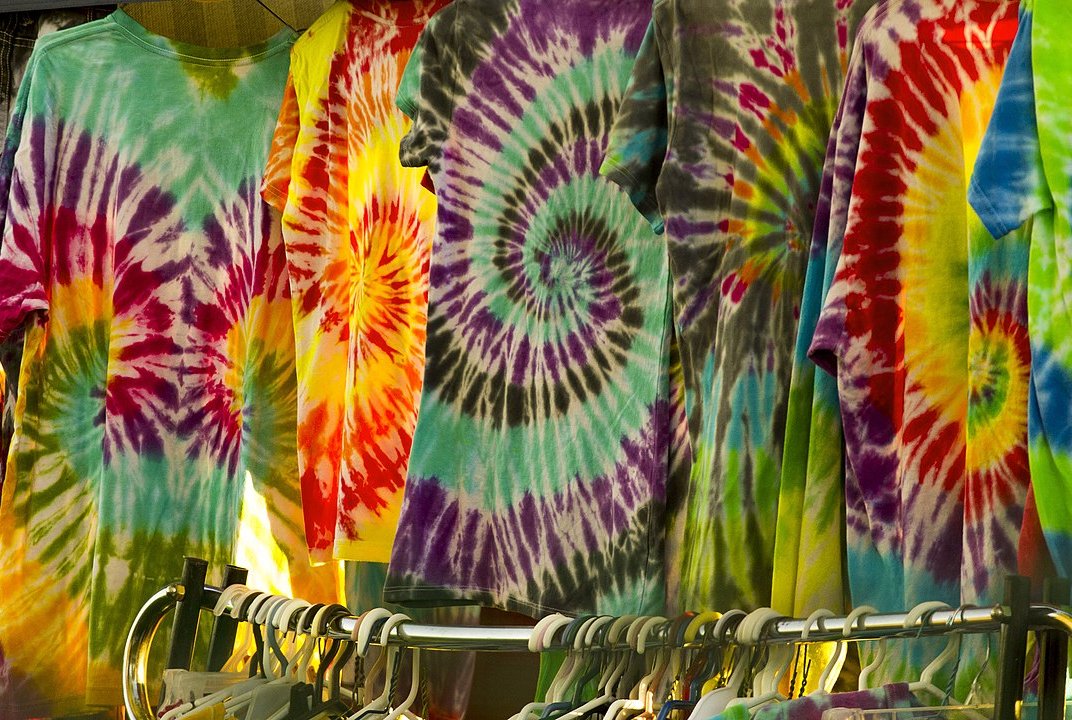 Steven Falconer, CC BY-SA 2.0,Wikimedia Commons
Steven Falconer, CC BY-SA 2.0,Wikimedia Commons
Lava Lamps
When you were wearing your latest tie-dyed shirt and listening to the latest Jefferson Airplane, one item was required to complete the mood: the lava lamp. Invented by a British accountant, blobs of colors suspended in a liquid and sealed in glass, these lamps would light up the flowing “lava” and create gloopy psychedelic patterns on the surrounding walls.
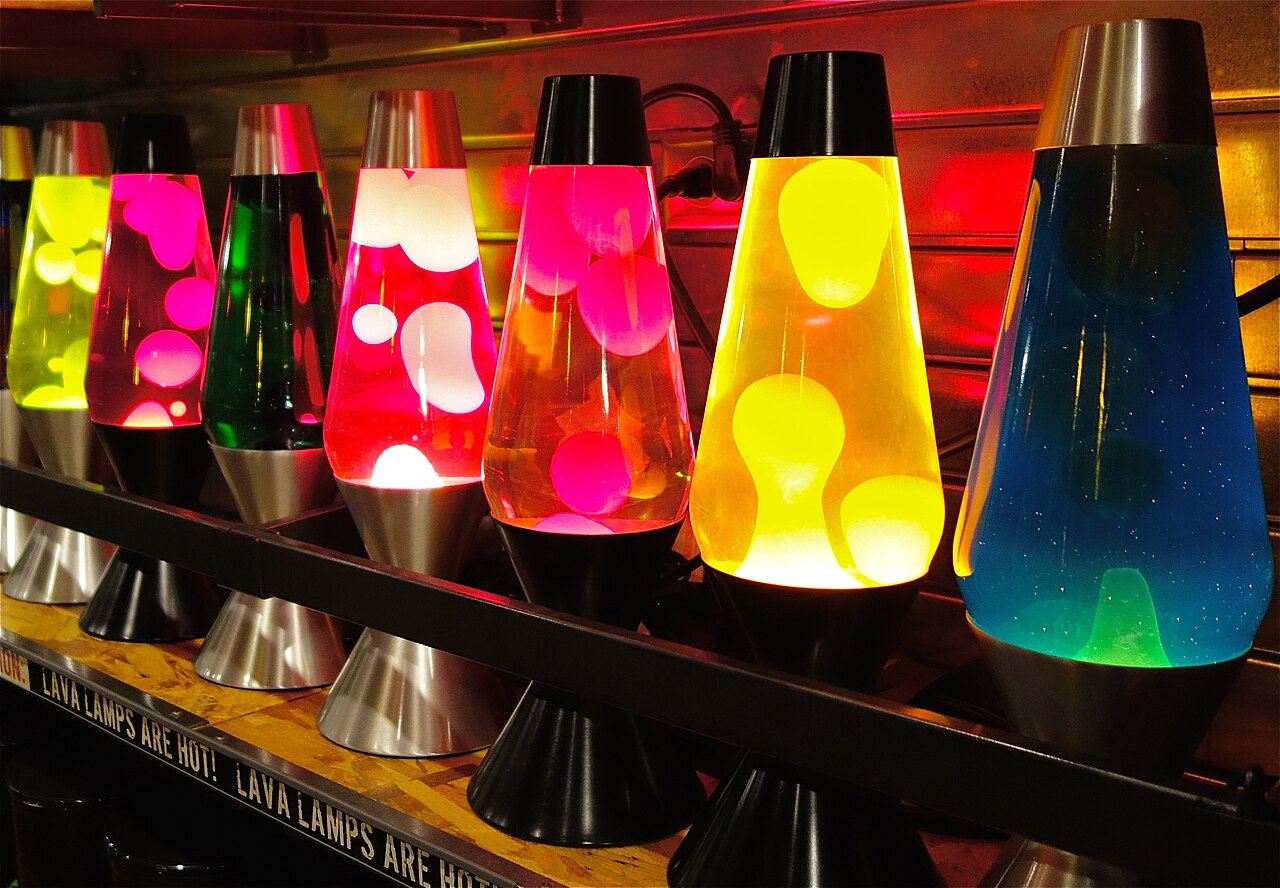 Dean Hochman, CC BY 2.0, Wikimedia Commons
Dean Hochman, CC BY 2.0, Wikimedia Commons
The Twist
The early 1960s was known for its dance craze and the biggest dance craze with the widest impact was The Twist. The song about the dance, simply called “The Twist”, was released by Chubby Checker in 1960 (it was originally released in 1958 by Hank Ballard and the Midnighters and was a minor hit). Checker’s version went to #1 and it was re-released in 1962, again going to #1, while a sequel, “Let’s Twist Again,” was released in 1962, reaching #8. The dance associated with the song involved twisting the hips and dancing in place and is credited with popularising “solo dancing”—two people dancing together without touching.
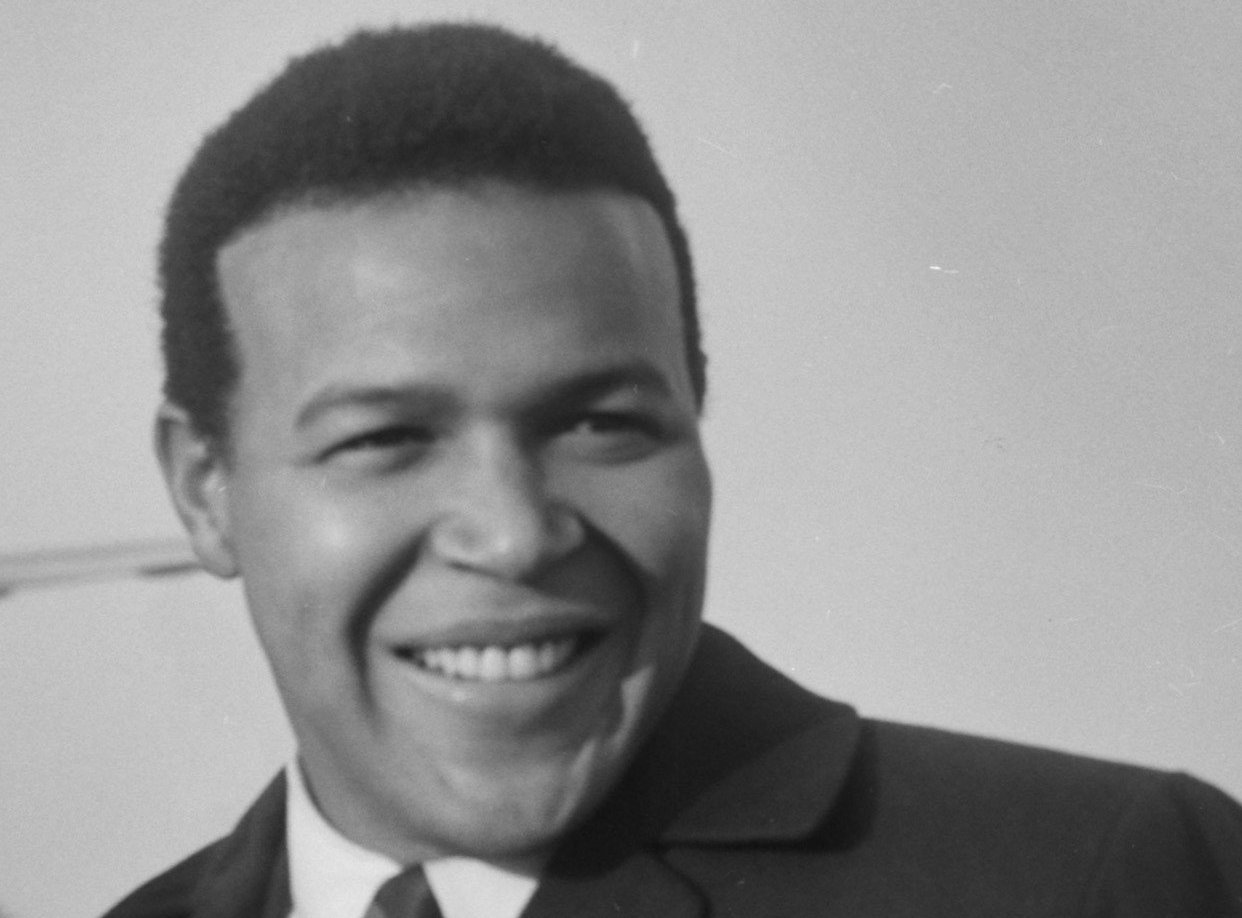 Joop van Bilse, CC BY 4.0, Wikimedia Commons
Joop van Bilse, CC BY 4.0, Wikimedia Commons
Bell-Bottoms
Bell-bottoms, wide-legged pants that expanded at the cuffs, were most closely associated with sailor uniforms. As the decade progressed, fashion moved from mod to hippie and one item that went best with your tie-dyed shirt was bell-bottom pants. Surviving well into the 1970s and periodically revived in later decades, bell bottoms are essential for that hippie look.
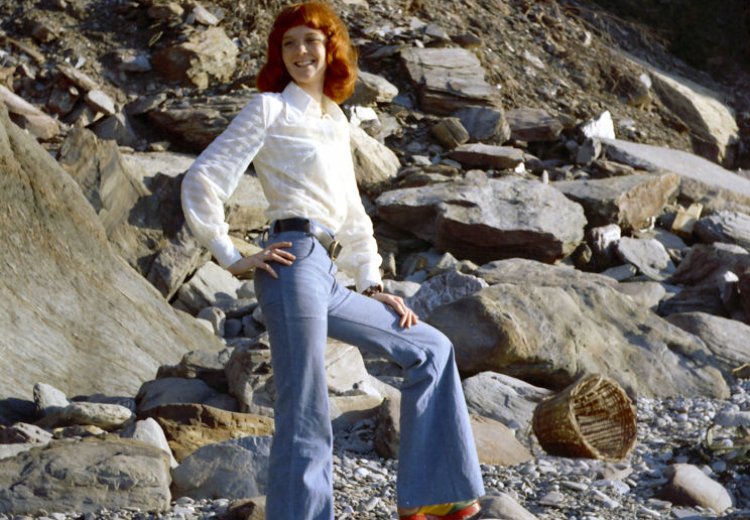 Mike Powell, CC BY-SA 2.0, Wikimedia Commons
Mike Powell, CC BY-SA 2.0, Wikimedia Commons
Elizabeth Taylor And Richard Burton
While the kids were wearing miniskirts, go-go boots, and bell bottoms, their parents were engrossed in a real-life soap opera. The oft-married Elizabeth Taylor left her third husband, Eddie Fisher, for her handsome co-star in the splashy historical drama Cleopatra, Welsh actor Richard Burton. The self-destructive duo was the celebrity couple of the decade, making headlines for their tempestuous relationship that led them to get married, divorce, then marry again before yet another divorce.
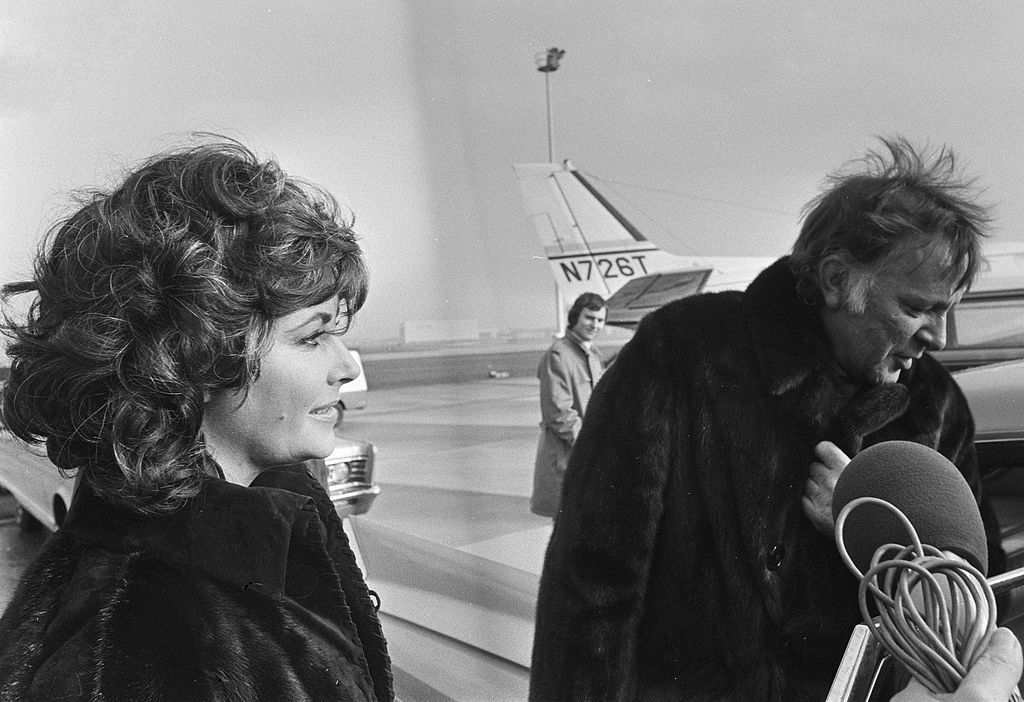 Anefo / Mieremet, R., CC BY-SA 3.0, Wikimedia Commons
Anefo / Mieremet, R., CC BY-SA 3.0, Wikimedia Commons
Chatty Cathy
Chatty Cathy was a doll that could utter 11 different phrases. Dolls in the 1960s were created to do all sorts of things, in a drive to increase their realism. So, there were dolls who could laugh, cry, wet themselves, and “eat” baby food—and Chatty Cathy was the pinnacle of those developments.
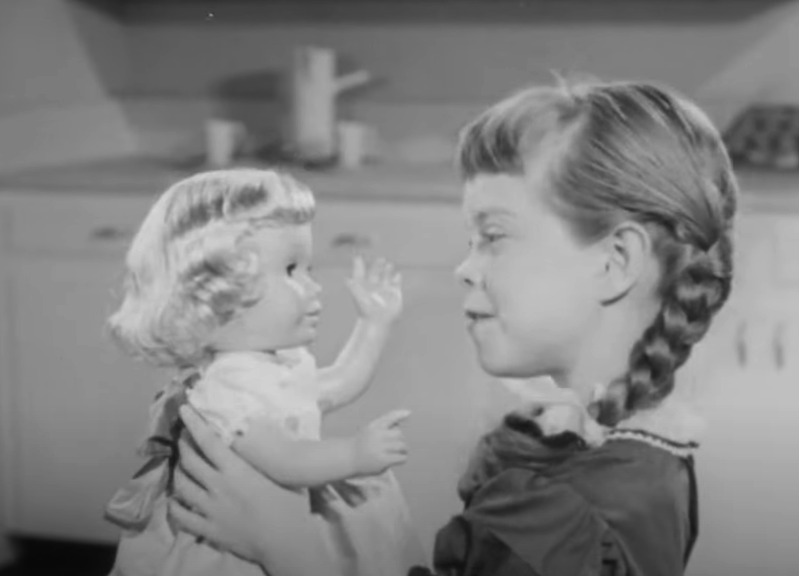 Chatty Cathy Dolls by Mattel Toys 1961, tvdays
Chatty Cathy Dolls by Mattel Toys 1961, tvdays
The Wizzzer
The toy market is in constant flux: children can be fickle, and manufacturers have to stay ahead of trends, anticipating what kids will want and making sure the toys are market-ready long before Christmas. The Wizzzer was an update of the spinning top, a classic toy, but this time using a high-tech bearing to spin at a high speed and remain spinning for a long time. A novelty toy, The Wizzzer was perfect for space-age interests and attention spans.
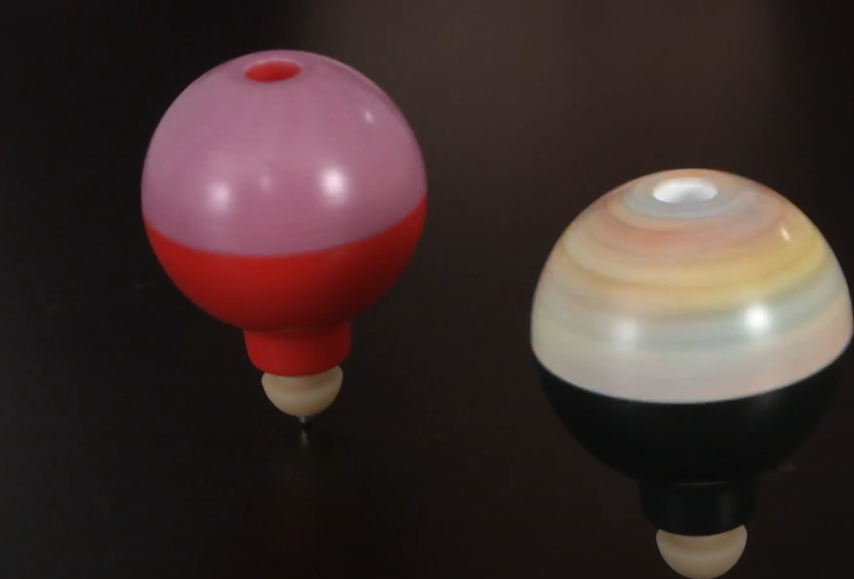 The Original Wiz-z-zer from Super Impulse, TTPM Toy Reviews
The Original Wiz-z-zer from Super Impulse, TTPM Toy Reviews
Rock ‘Em Sock ‘Em Robots
Robots only in appearance, Rock ‘Em Sock ‘Em Robots were plastic battling robots controlled in a fighting ring by two players. The goal was to have the robots punch each other until one of the heads popped off. In many ways a simple toy, it was solid enough to endure many battles and became ubiquitous enough in popular culture to be a key component of a Simpsons gag in the 1990s.
Kerplunk
Another simple toy, Kerplunk represented the 1960s faith in novelty, plastic, and goofy names. Players take turns removing sticks from a cylinder, the criss-crossed sticks suspending a bunch of marbles. The first player to release the avalanche of marbles loses.
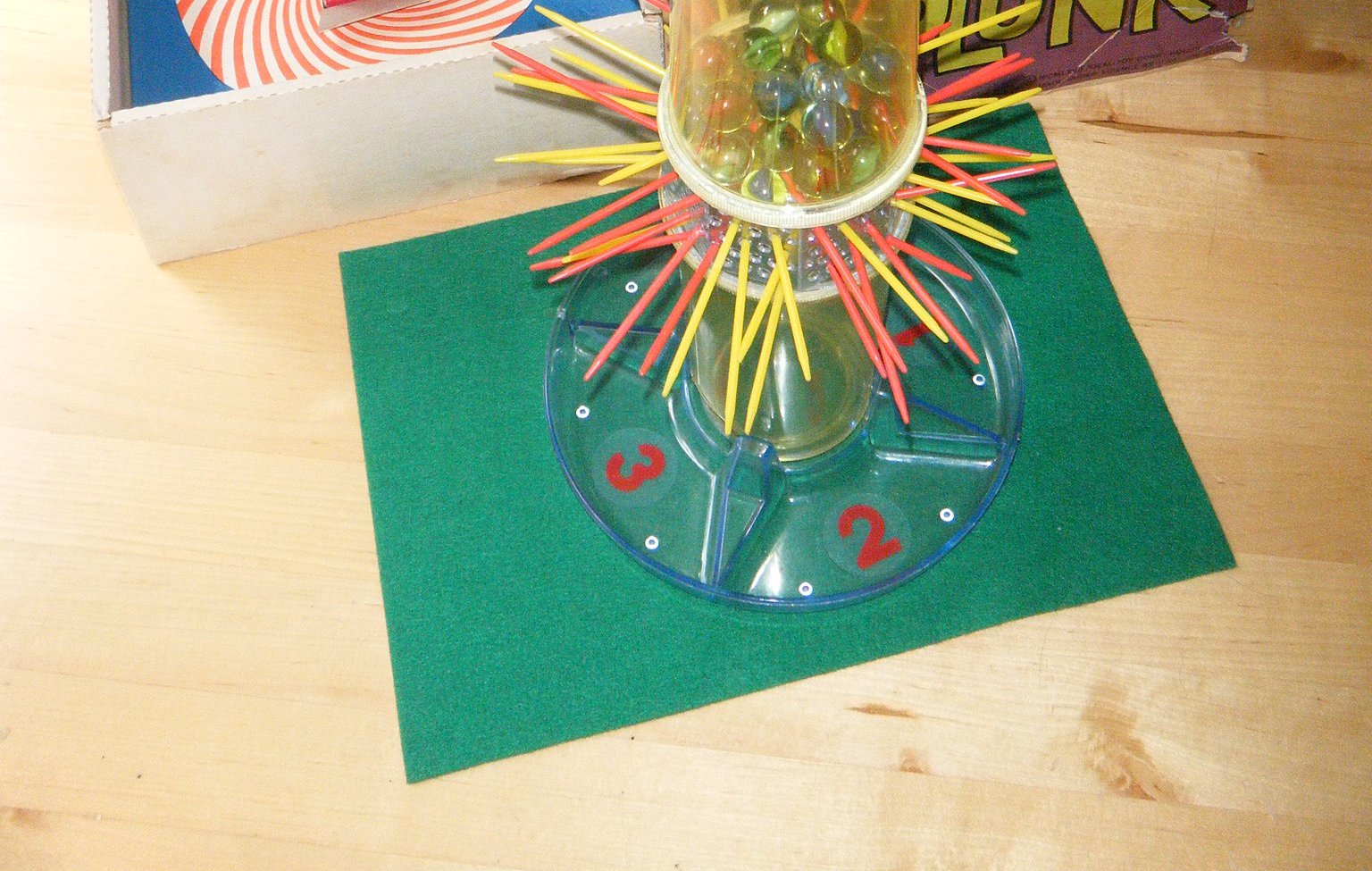 Londonclanger, Wikimedia Commons
Londonclanger, Wikimedia Commons
The Bottom Of The Mariana Trench
While NASA was seeking the Moon, other scientists were going in the opposite direction. The Mariana Trench is the lowest point on Earth, found deep in the Pacific Ocean. Conventional wisdom said that humans could ever hope to survive to those depths but in 1960, Donald Walsh and Jacques Piccard descended to the bottom in their submersible, The Trieste.
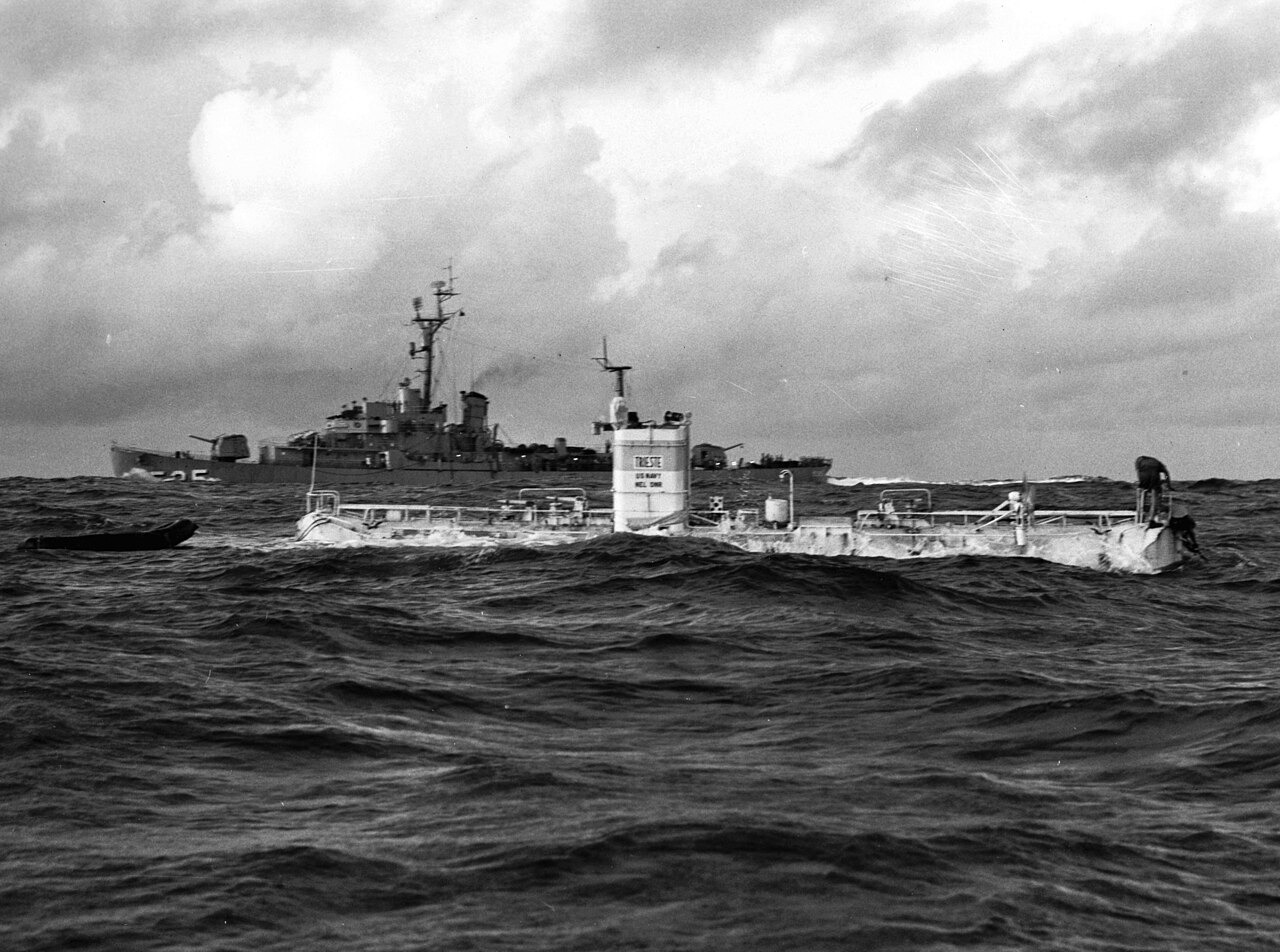 Naval History & Heritage Command, Wikimedia Commons
Naval History & Heritage Command, Wikimedia Commons
Sit-Ins
Starting in the 1950s, the US Civil Rights Movement was a key social and political movement, seeking to overturn discriminatory laws in the US South that kept White and Black folks segregated in public life. In 1960, in a series of sit-ins, protestors sat in the segregated Woolworth's lunch counter in Greensboro, North Carolina, defying laws stating that Black people could not eat there. After six months, Woolworths was desegregated, a small step towards the Civil Rights Act of 1964.
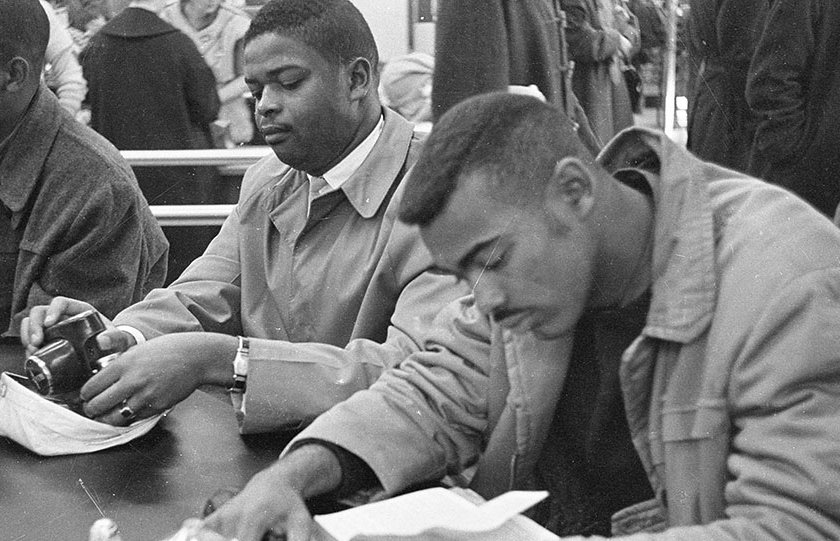 State Archives of North Carolina, Wikimedia Commons
State Archives of North Carolina, Wikimedia Commons
Muhammad Ali At The 1960 Summer Olympics
Muhammad Ali is known by many to be the greatest boxer of all time. Born Cassius Clay, Ali represented the United States in the 1960 Summer Olympics, winning the gold medal in light-heavyweight boxing. On his return to his hometown of Louisville, Kentucky, a celebrating Ali was denied service at a whites-only restaurant, and he famously threw his gold medal into the Ohio River as the honor no longer meant anything to him.
The Flintstones
Cartoons were always seen as a kids’ medium. Even the big productions out of Disney were mainly catering to children but in 1960, a novel idea came along: a cartoon for grown-ups, written like a sitcom. The Flintstones was exactly that and although it mostly reverted to being seen as a kids' show in syndication, it nevertheless set a precedent for the animation Golden Age starting in the 1990s with The Simpsons.
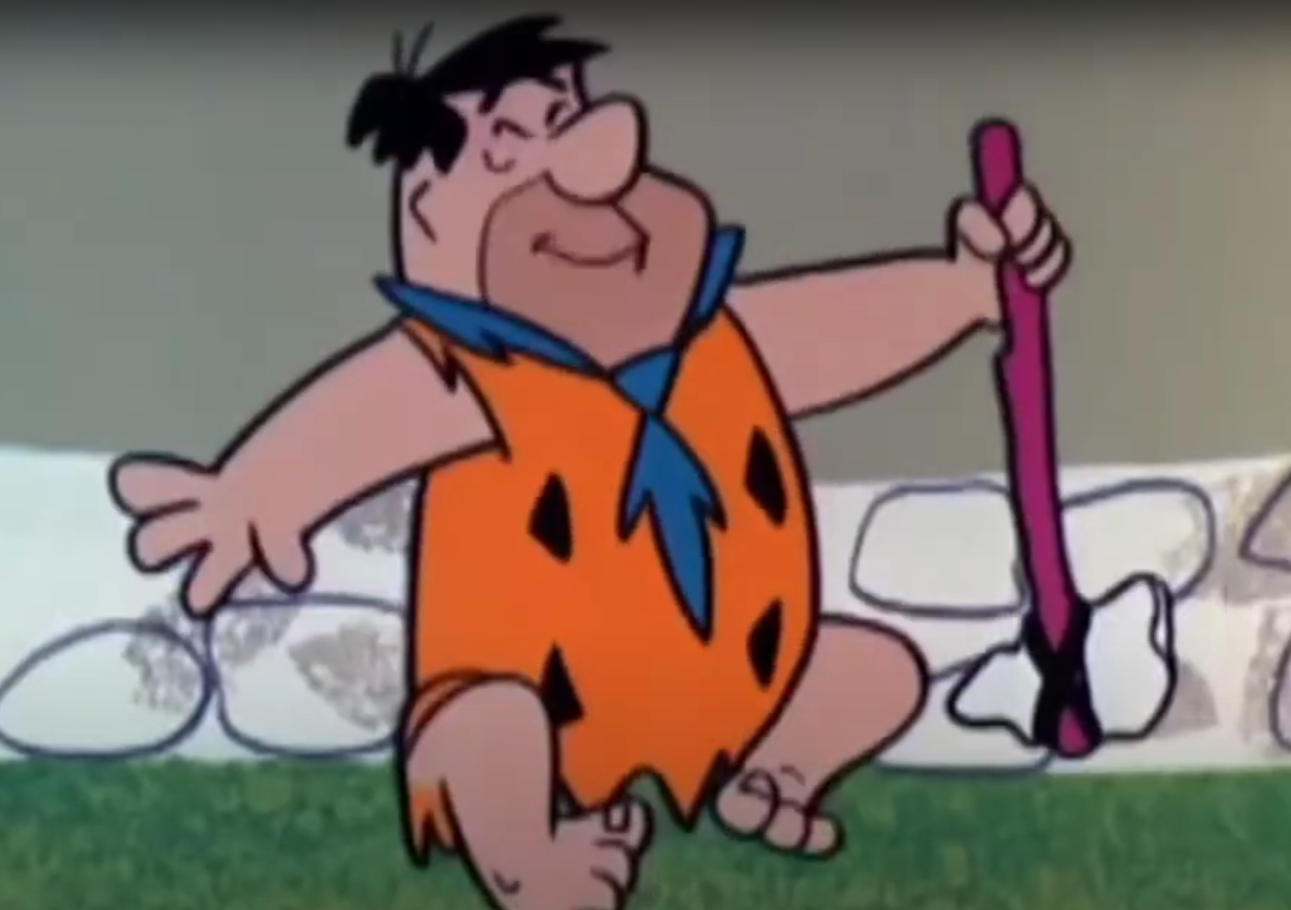 Screen Gems, The Flintstones (1960–1966)
Screen Gems, The Flintstones (1960–1966)
Andy Warhol
Art and artists were most often part of the more rarefied world of museums but in 1960, an illustrator changed all that. Andy Warhol, with his blonde (and later, silver) wigs and monosyllabic delivery, made art out of the everyday, like paintings based on Campbell's soup, Marilyn Monroe, and Elvis, and immersed his audience in a world of wild art scene parties and underground film.
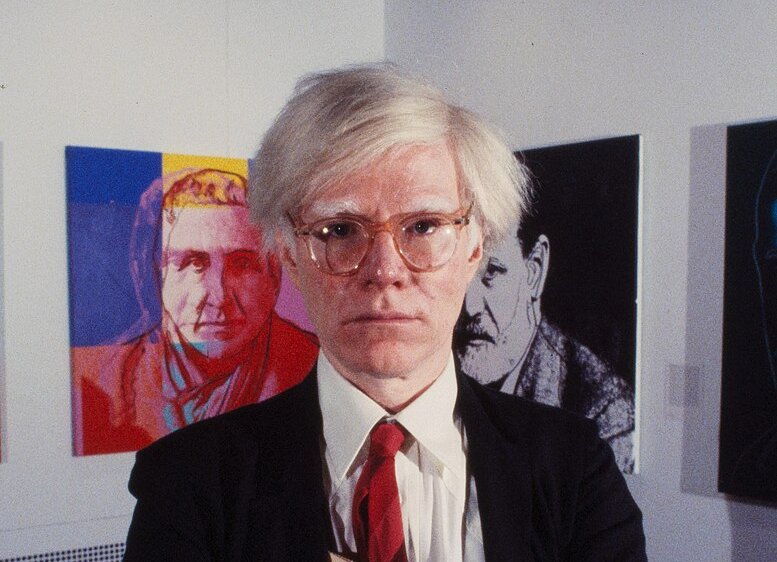 Bernard Gotfryd, Wikimedia Commons
Bernard Gotfryd, Wikimedia Commons
Mastering The Art Of French Cooking
American cooking was never seen as anything more than bland, with an increasing reliance on processed foods and instant ingredients. An American woman changed all that with the publishing of a ground-breaking cookbook in 1961. Mastering The Art Of French Cooking by Julia Childs and her subsequent television show, starting in 1964, introduced Americans to the idea of cooking from scratch and focusing on quality rather than quantity.
Sex And The Single Girl
In 1960, “the Pill”, the first mass-marketed oral contraceptive, was introduced to the world and the result was revolutionary. By the late 1960s, the Sexual Revolution was in full swing as women could now take control of their bodies and birth control. In 1962, Helen Gurley Brown published Sex and the Single Girl, an unprecedented guide for single, working women, a new demographic emerging from the repressive conformity and antiquated gender roles of the 1950s.
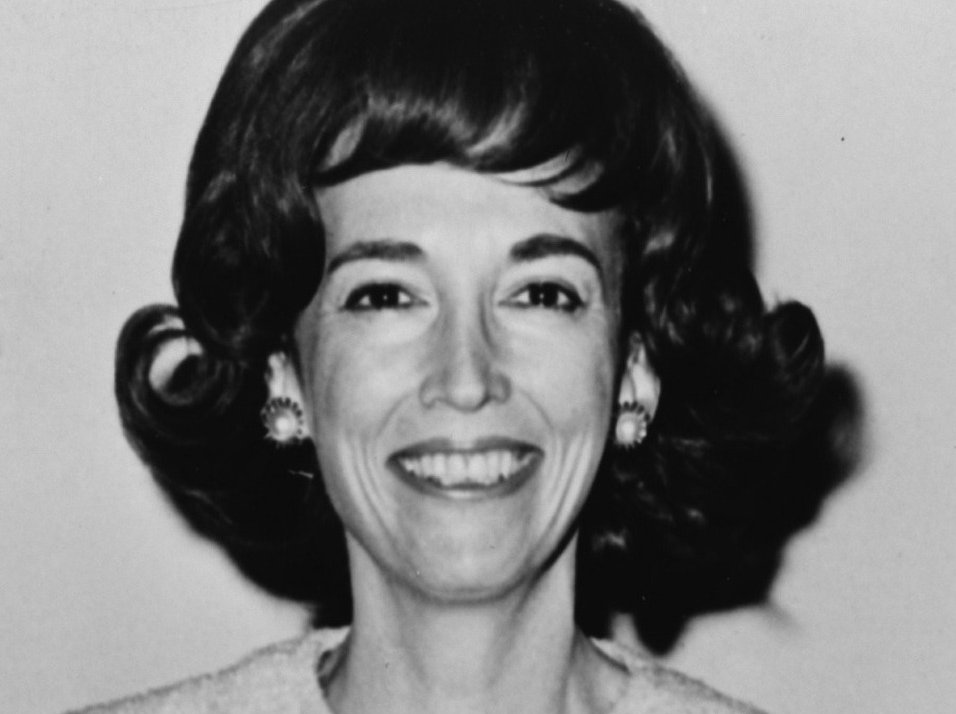 John Bottega, Wikimedia Commons
John Bottega, Wikimedia Commons
Eero Saarinen’s TWA Flight Center
Modernism in architecture had long been in place in cities like New York, well before WWII. Although that style was generally favored well into the 1970s, variations became prevalent and Finnish architect Eero Saarinen’s design of the TWA Flight Center, an airport terminal and hotel complex at John F Kennedy International Airport in New York City, is an iconic version of 1960s modernism. Its wing-shaped thin shell roof supported by four Y-shaped piers became symbolic of the jet-set age of air travel and it was designated a landmark in 1994, and was added to the National Register of Historic Places in 2005.
 pheezy, CC BY 2.0, Wikimedia Commons
pheezy, CC BY 2.0, Wikimedia Commons
Salonette Portable
Early 1960s hairstyles for women were complex constructions requiring weekly salon visits. The Salonette Portable hair dryer was introduced by Sears as a way for women to avoid costly salon “touch-ups”. Its small size allowed women to maintain their hair and its mid-century modern design is iconic of the period.
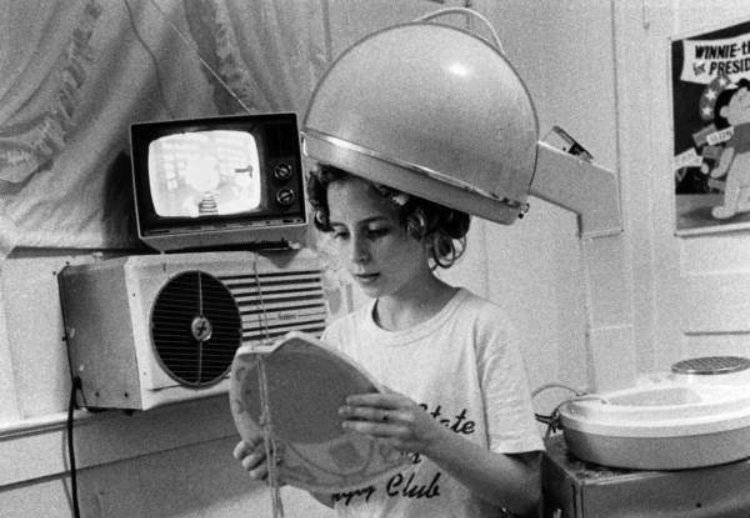 State Archives of Florida, Picryl
State Archives of Florida, Picryl
The GE Hairsetter
Often working in tandem with the Sears Salonette Portable hair dryer, the GE Hairsetter was a home styling tool allowing women to create curls and waves in their hair away from the salon. Known as reliable and quick heating, and renowned for its quality construction, the GE Hairsetter in its vintage form is still used today by those who manage to track one down in antique stores.
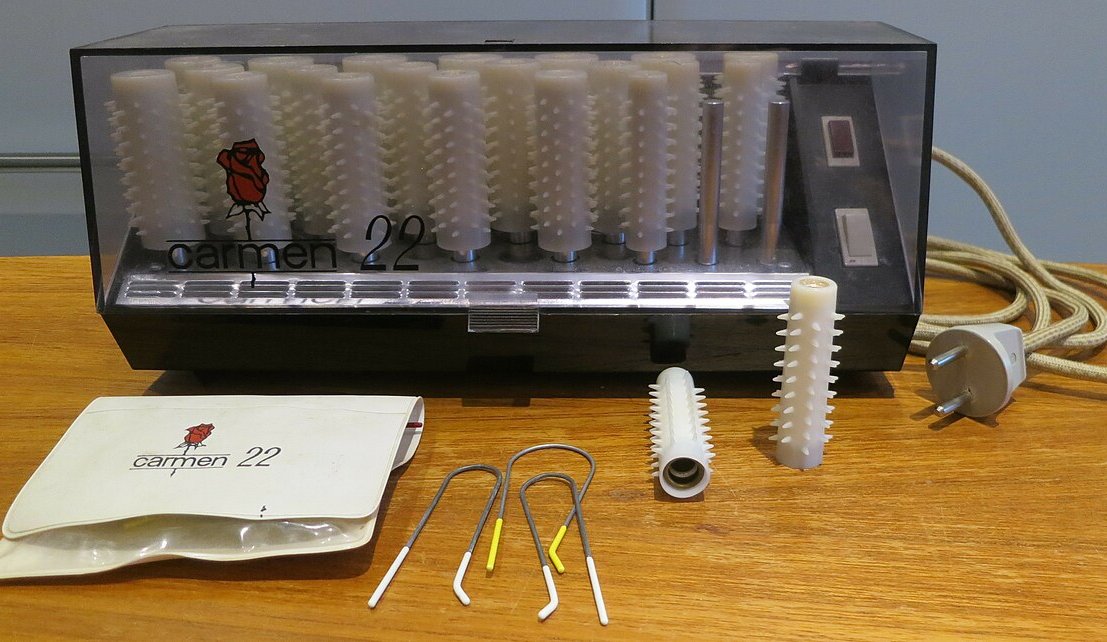 R. Henrik Nilsson, CC BY 4.0, Wikimedia Commons
R. Henrik Nilsson, CC BY 4.0, Wikimedia Commons
Jell-O
Is there anything more American than Jell-O? Sure, gelatin desserts are pretty universal but there’s something uniquely American about the bright colors and the addition of fruit, fresh and candied, along with marshmallows, and calling it a “salad”.
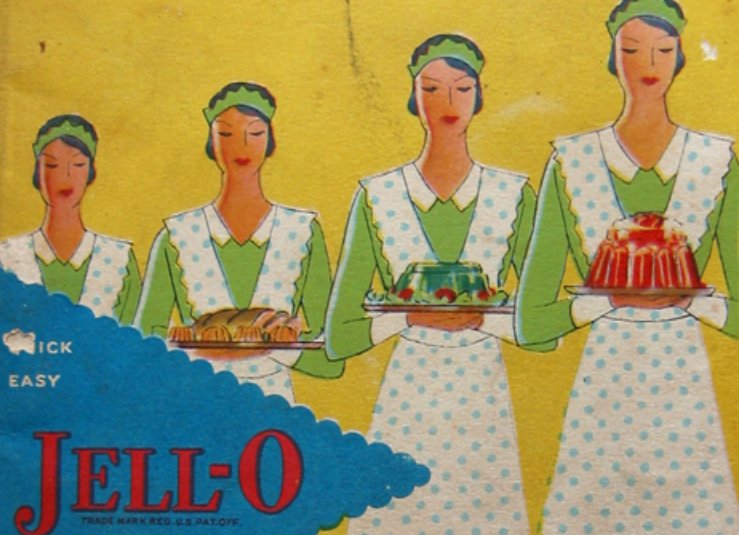 New York Public Library, Picryl
New York Public Library, Picryl
Kodak Instamatic 104 Camera
In the 21st century, we’re pretty spoiled when it comes to the ease of photography. Although it’s been around since 1839, photography was the domain of professionals and skilled hobbyists until the post-WWII period. In 1965, Kodak introduced the Instamatic 104 camera, with film contained in a closed cartridge, so users no longer had to thread the film onto a spool, and the camera’s controls were automated. It was the camera phone of the era, although you still had to wait about a week to see your photos.
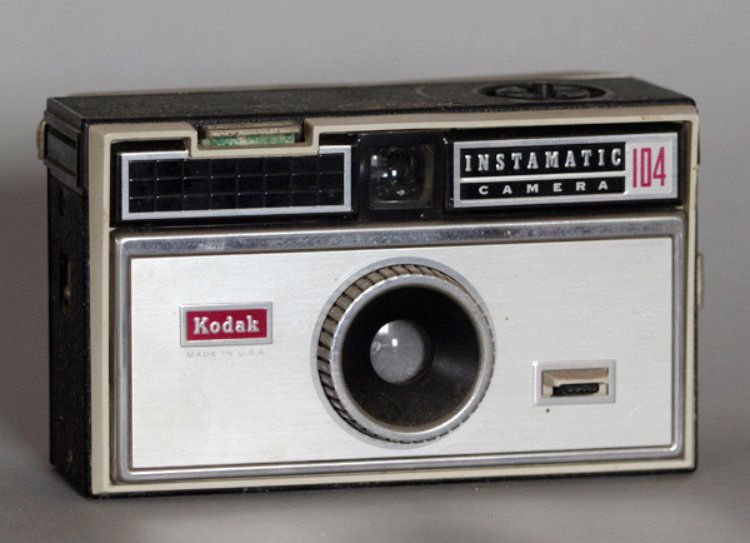 PMRMaeyaert, CC BY-SA 4.0, Wikimedia Commons
PMRMaeyaert, CC BY-SA 4.0, Wikimedia Commons
The Sunbeam Mixmaster
By the 1960s, baking at home was easy due to the powdered mixes available, but if someone wanted to bake from scratch, they had to use elbow grease to mix and knead. In the 1960s, Sunbeam introduced the Mixmaster, a countertop appliance designed for ease of use, with mixing bowls on a stand and whirling mixing blades. People could now bake using fresh ingredients.
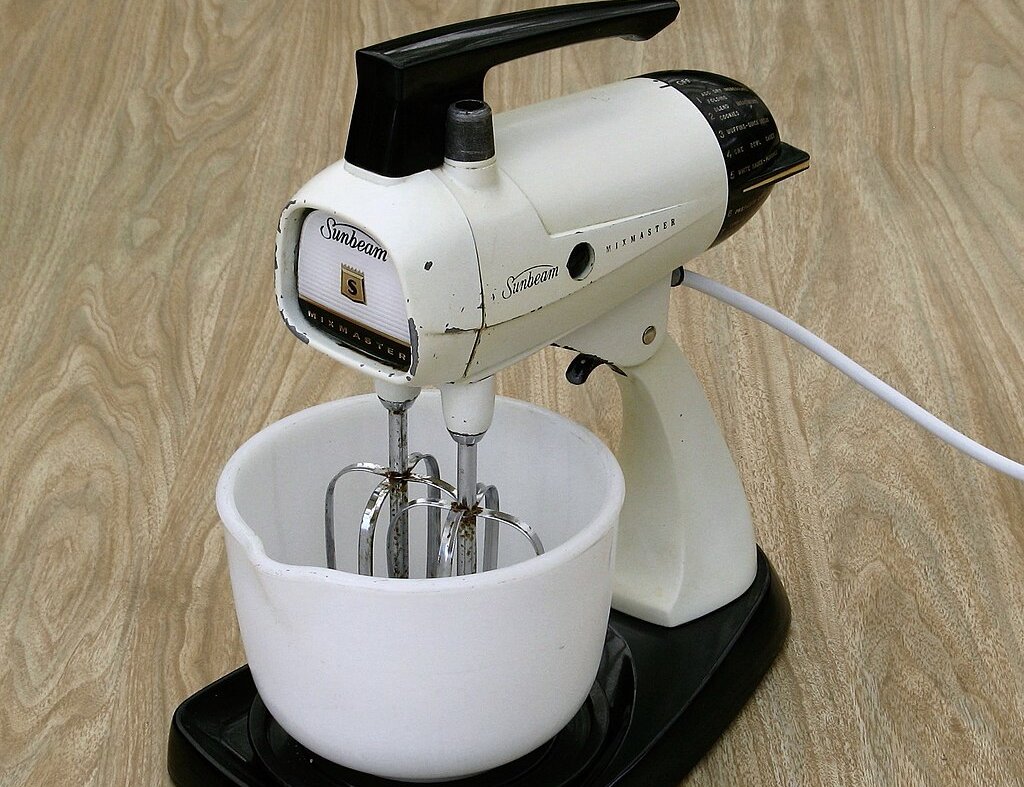 Mitch Ames, CC BY-SA 4.0, Wikimedia Commons
Mitch Ames, CC BY-SA 4.0, Wikimedia Commons
The Western Electric Model 500 Telephone
This was the telephone for North American homes from the 1960s until the 1980s. A simple, streamlined design, it was virtually indestructible and although it would live through variations—wall-mounted, push-button, extra-long cords—the basic design remained the same until the advent of cheaper mobile devices in the 1990s and, finally, to the ubiquitousness of the cell phone.
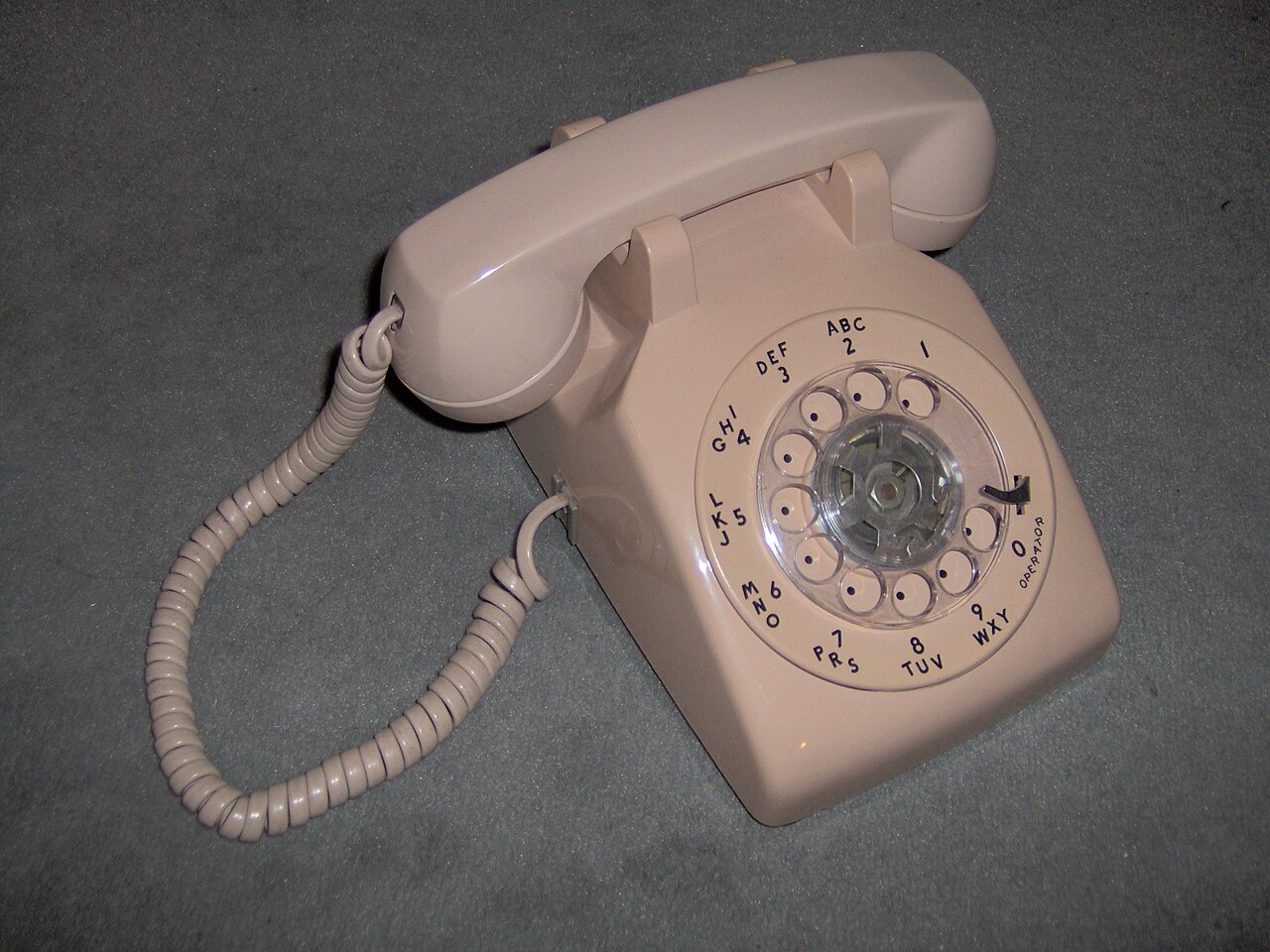 ProhibitOnions, Wikimedia Commons
ProhibitOnions, Wikimedia Commons
Ant Farms
The most famous version was Uncle Milton’s Ant Farms, but the ant farm was a back-of-the-comic book staple, along with X-Ray Specs and Sea Monkeys. A wooden (and later plastic) frame contained two pieces of glass sandwiching soil to which ants were introduced. The ants would create an ant colony visible through the glass.
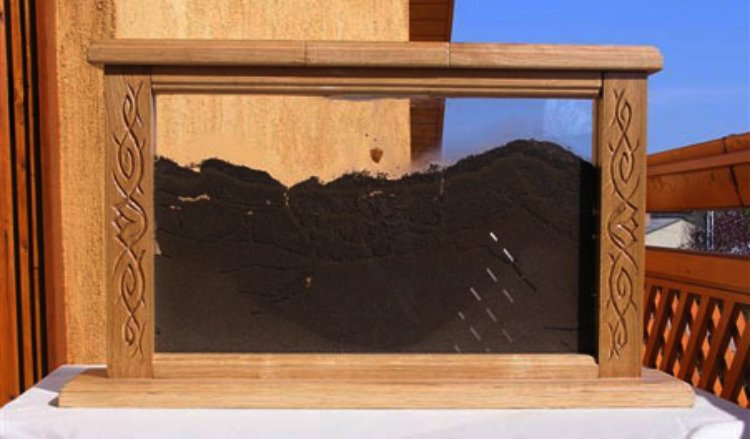 Jonespapa, CC BY-SA 2.5, Wikimedia Commons
Jonespapa, CC BY-SA 2.5, Wikimedia Commons
Philips EL 3300 Cassette Recorder
Reel-to-reel recorders were available, but they were open and required threading the spools. With the introduction of the Philips’ EL 3300 cassette recorder, home taping became easier, with durable enclosed cassette tapes and ease of use. The cassette became the standard recording and playback device for the next 30 to 40 years, due to its portability and acceptable quality.
SpaghettiOs
Canned foods have been around for a long time and canned spaghetti for a number of decades. With the launch of SpaghettiOs in 1965, Campbell cornered the market on kids’ lunches. Expanding to a variety of flavors, SpaghettiOs as a name has become genericized for any canned kids’ pasta.
Tab Diet Soda
Diet fads had been around since the 19th century but weight-loss diets targeting women came into their own in the 1960s. Introduced by Coca-Cola in 1963, Tab, for many years, was the premiere diet soda. Sweetened by saccharin, its flavor was an acquired taste but for most who sought a diet soda alternative, Tab was what they turned to.
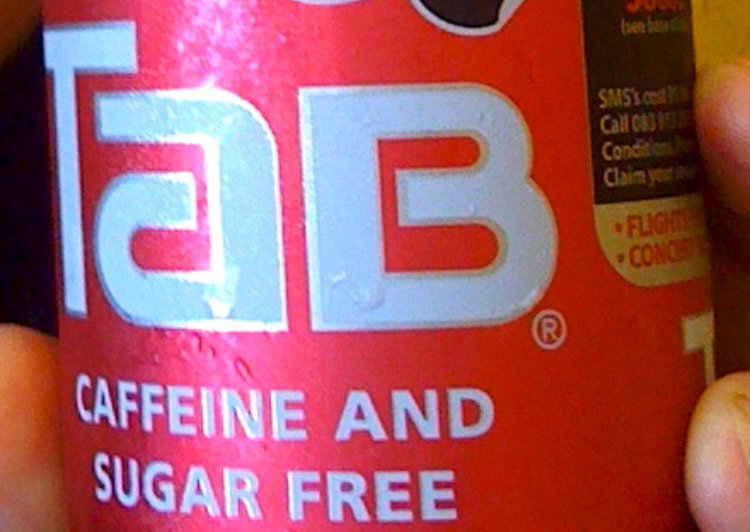 Fiona Henderson, CC BY 2.0, Wikimedia Commons
Fiona Henderson, CC BY 2.0, Wikimedia Commons
TV Dinners
If you’re having Jell-O for dessert, it’s possible your main course was a TV dinner. Created as a quick family meal that could be simply heated in the oven, the TV dinner was geared to the new reality of eating dinner in front of the TV. Not known for quality food, the original TV dinner concept nevertheless remains a pleasant nostalgic memory for those who grew up in the 60s.
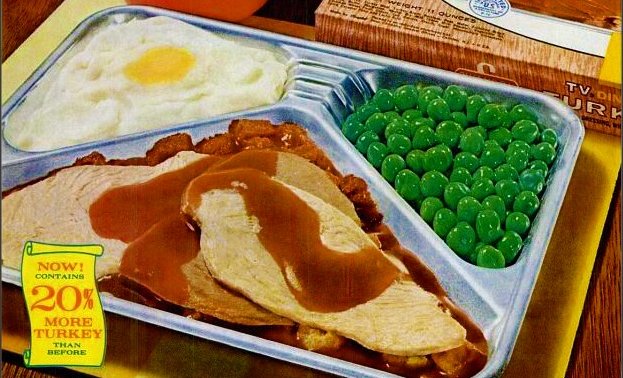 1950sUnlimited, CC BY 2.0, Wikimedia Commons
1950sUnlimited, CC BY 2.0, Wikimedia Commons
Instant Coffee
With instant food comes instant coffee and by the 1960s, freeze-dried instant coffee was popular due to its convenience and long shelf life, if not its taste. Instant coffee remains available in supermarkets although it has lost some of its luster in the past few decades.
Fondue
Of Swiss origin, fondue became chic in the 1960s and well into the 1970s. Perfect for party dining, fondue sets were a common gift for households, although whether they were actually used more than once remains a mystery. In recent years there have been revivals in popularity, mostly because of interest in mid-century modernism.
Creepy Crawlers
A DIY toy from the 1960s, Creepy Crawlers blurred the lines between craft, nature, and industrial plastics. Kids used metal molds filled with soft plastic and a hot plate to create various shapes, mostly insects. Creepy Crawlers lasted until 1973 when the Consumer Product Safety Commission decided that high temperatures and toxic chemicals were not ideal for a children’s toy.
You May Also Like:
Only 70s Kids Will Remember These Things
Things From The 90s That Kids Today Just Wouldn't Understand
Things From The Early 2000s We’ve Already Forgotten


